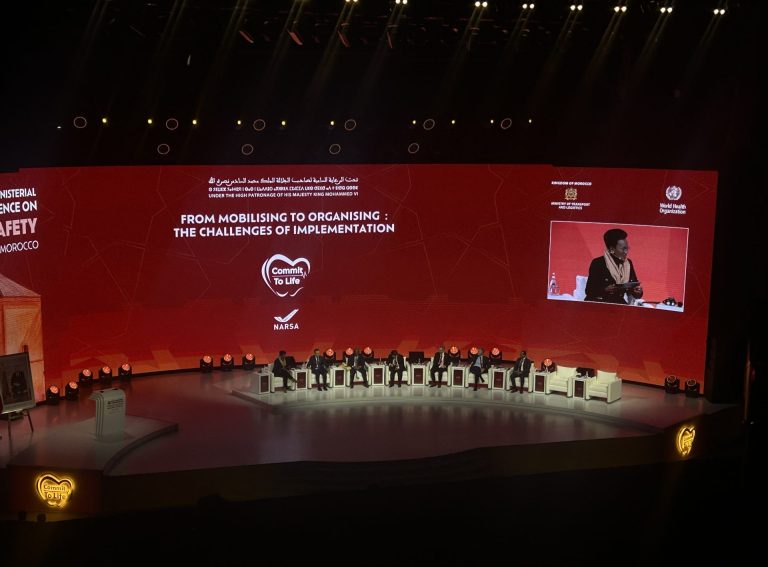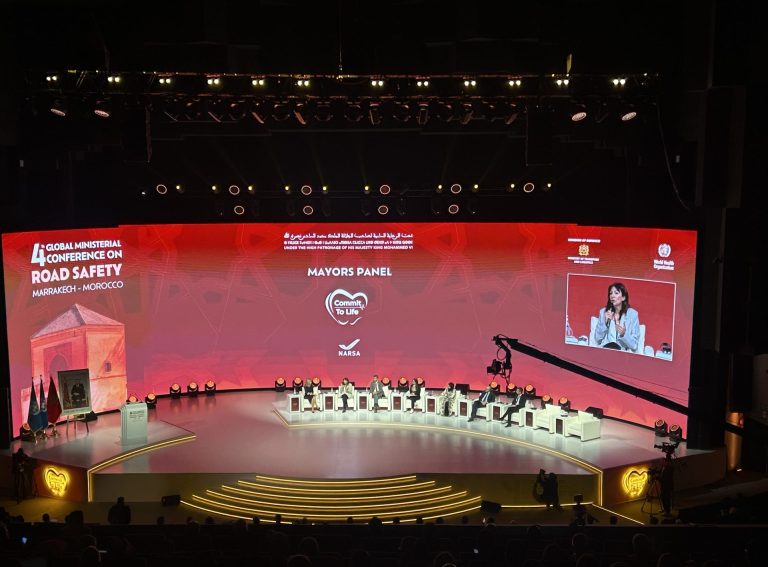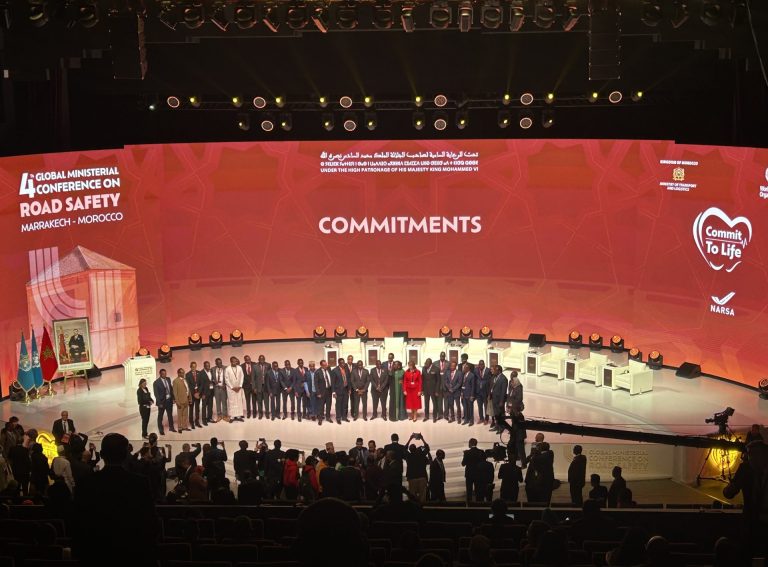The Clean Cities Campaign has released new guidance on how city leaders can run a successful low-emission zone (LEZ).
Outlined in the European Coalition’s report are the benefits of LEZs, successful strategies for implementing the zones locally, and what it thinks are the best practice examples from across Europe.
Clean Cities’ guidance is released one week before Poland – which has the worst air quality in the EU – launches its first low-emission zone in Warsaw.
“This guidance is something that’s useful not only for Poland, but particularly useful for Poland,” Clean Cities Deputy Director, Head of Policy and Research, Jens Müller told Zag Daily.
“In Spain all the major cities need to introduce a low emission zone by the end of June. In Belgium and France there’s discussion around delaying low emission zones. London’s mayor got re-elected after its Ultra Low Emission Zone came into force. This guidance is timely in many ways.”
Warsaw will transition into the low emission zone from 1 July. This transition will give residents living in the zone three and a half years to switch to a compliant vehicle, and they will not be charged for non-compliant vehicles until then. This means the requirements will only apply to 3% of vehicles in Warsaw. Seniors over 70 years old and disabled drivers will be exempt indefinitely.
“These measures make sure that people have time to adjust. You shouldn’t drag your feet for too long but giving people leading time and visibility is key. It’s not meant to frustrate drivers but on the contrary make the city more liveable.”
According to Jens, one reason that Poland has been slow to adopt low emission zones is due to less awareness of pollution from transport, especially because of the country’s focus on coal-heating and power plants.
“These are major sources of pollution. But in cities, transport is also one of the main sources and it has taken a while to show that cars are part of the problem.”
Another reason is due to lower income levels in Poland compared with Western Europe which has made it difficult to encourage residents to buy a cleaner car.
“Now, opinion polls show good support and people understand that this is necessary. There is a change of mentality that clean air shouldn’t be a privilege to some people but universal to all.”
‘Best practice’ examples
The report from Clean Cities highlights the benefits of LEZs including their potential to reduce nitrogen dioxide concentrations by 20%, reduce CO2 emission, curb motorised traffic, and lead to a rise in retail sales which boosts the local economy.
Over 320 LEZs currently operate in Europe with more than 500 to be in place by 2025.
Five ‘best practice’ cities are highlighted to serve as guiding examples for new LEZ implementations. These are Amsterdam, Stockholm, Brussels, Ghent, and London.
According to Clean Cities, a well-designed LEZ should be ‘inclusive’ and ‘well-communicated’ such as in Amsterdam which has followed a detailed ‘Clean Air Plan’ to transition from low-emission zones to zero-emission urban transport.
Stockholm is praised for the country’s first ‘Environmental Zone 3’, a near-zero emission zone in the central business district, which will be installed by the end of the year.
Cities are advised to provide support measures such as in Brussels which offers financial support programmes and incentives as it tightens its LEZ. Belgium’s smaller city of Ghent gives guidance on how to combine LEZs with a general traffic plan that reduces car ownership and promotes active mobility.
Finally, Clean Cities advocates for a LEZ that’s as large, stringent and enforced as London’s – the world’s largest LEZ. The city uses enforcement technology such as fixed and mobile cameras which scans vehicle licence plates, and it also incorporates a daily congestion charge as part of its Ultra Low Emission Zone (ULEZ).
“It’s taken years of campaigning on the low-emission zone in Warsaw by a diverse set of transport, parents and patients groups to get to this point,” Nina Bak, Head of Clean Cities Campaign in Poland said. “City leaders have finally accepted the inevitable and deserve our congratulations. This is a big first step to finally clean our air in one of Europe’s most polluted cities.”




